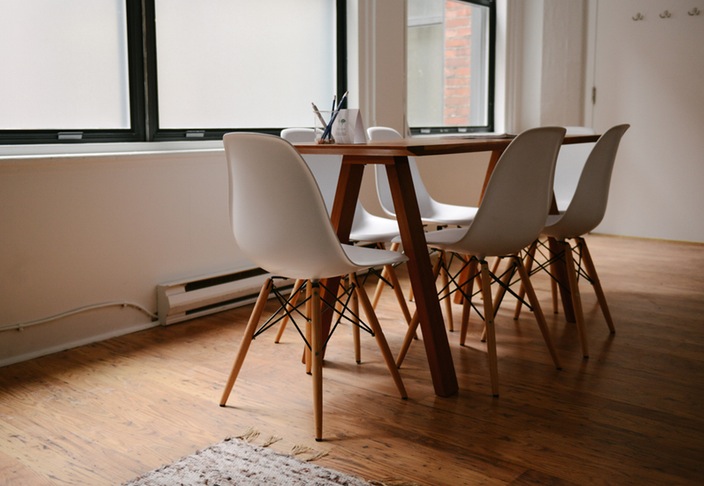Your house is an energy consumption machine; not only does it cost energy and money to keep cool or warm depending on the season, but maintaining comfortable light and temperature can be a pain as well. Improving the efficiency of your house through upgrades like insulation and lighting upgrades can be a real light-saver (see what we did there?)
Did you know that poorly insulated windows and skylights can cause a loss of up to 40% of your home’s heat during the winter?! (Yourenergysavings.gov.au)
All that lovely sunshine streaming in through your window in the summer can be 100 times hotter than heat coming through an insulated wall.
Cracks and draughty gaps in windows, doors and skylights can increase your heating bill 25% in the winter.
Think of the money you have spent on your heating or air conditioning just seeping through those cracks, gaps and poorly insulated surfaces, increasing your home bills and decreasing your comfort.
The solution is to increase the energy efficiency of your home through various upgrades.
Windows:
When it comes to windows the Australian Window Association stresses that energy efficient windows are ones that help reduce the use of artificial heating or cooling in a building. A priority for many Australians would also be sunlight; protecting the inside of the house during the summer, but using the sun’s rays to warm the house in the winter. Potentially requiring “strong solar protection on east and west windows, but deliberate use of free sunlight (via clear glass) from northerly windows. This means different window solutions for different orientations”. It’s also useful to have good weather seals on windows to prevent air leakage.
Skylights:
An excellent source of natural light, they can help reduce the need for extra lighting and adds flexibility in architectural design. According to YourHome.gov.au they can help admit 3 times more light than a vertical window of the same size. To increase efficiency, glazing can be designed and fitted to reduce, block or facilitate light transfer according to sun angles. There are also other efficient related products such as the use of shafts, tubes, ceiling diffusers and supplementary blinds or integral shades.
Doors:
Doors can account for 25% of your heating and cooling bills, but it’s not just thanks to draughts, but also conduction – especially in older uninsulated or improperly installed doors. External glass doors such as patio doors can also be culprits. Immediate changes such as draught excluders and heavy draping can help reduce heat loss, but improving the quality of your doors is a more long term, energy efficient move.




